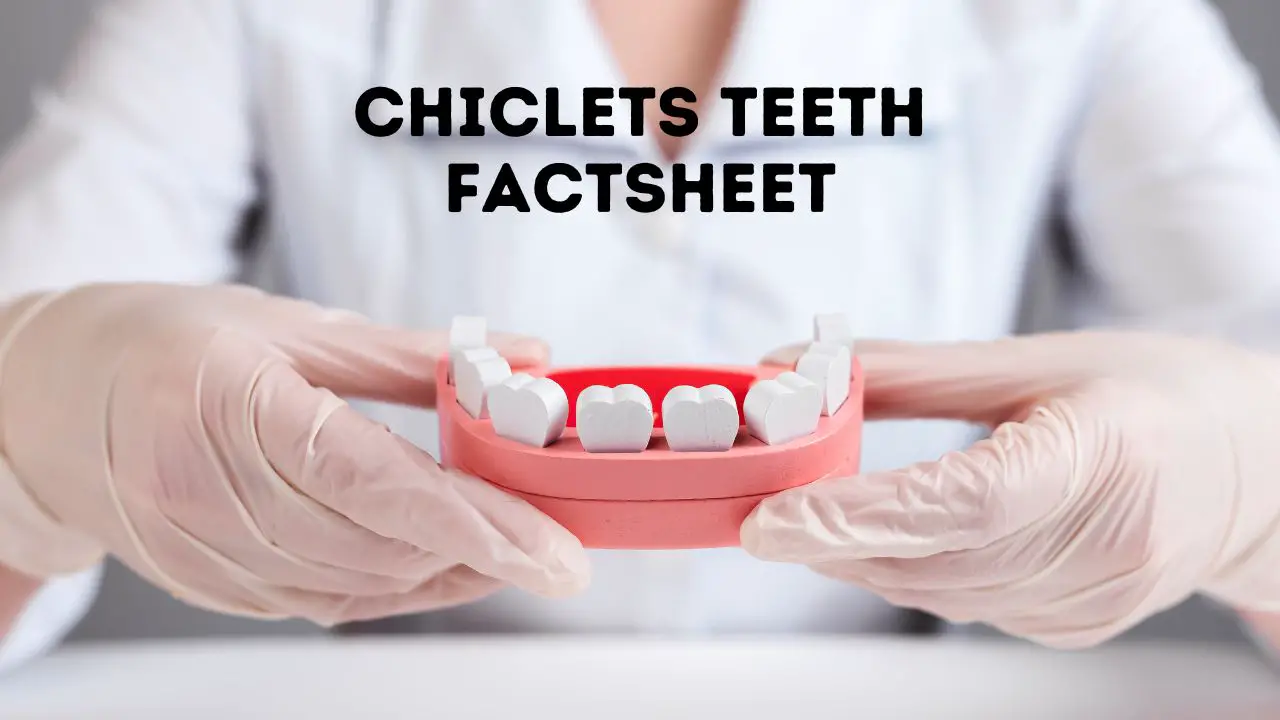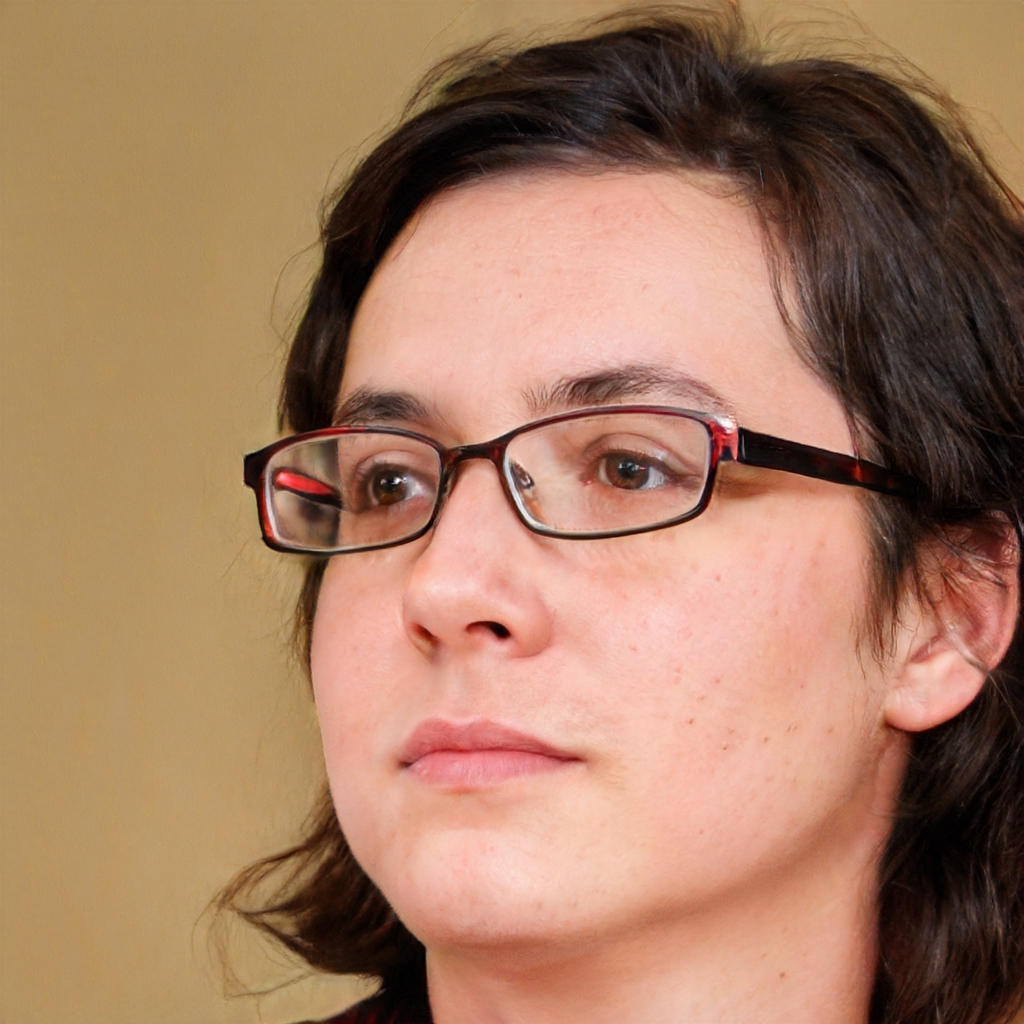
What Are Chiclets Teeth? Why Do People Have Them? Chiclets Teeth: Exploring the Characteristics, Causes, and Considerations
In the world of dentistry, the term “Chiclets teeth” has gained recognition as a distinct dental feature that draws attention to tooth size and alignment. This phenomenon, often observed in individuals with teeth that appear small and closely spaced, has led to both curiosity and concern. In this comprehensive article, we delve into the concept of Chiclets teeth, examining its characteristics, potential causes, and the considerations individuals might have when addressing this dental trait.
Understanding Chiclets Teeth
The term “Chiclets teeth” is a colloquial expression used to describe teeth that share certain visual similarities with the small, rectangular pieces of chewing gum that were popular in the mid-20th century. Individuals with Chiclets teeth typically have teeth that appear small and uniformly spaced, creating an arrangement that can be likened to a row of chiclet-shaped gum pieces.
Characteristics of Chiclets Teeth
Chiclets teeth are characterized by several key features:
- Small Tooth Size: The teeth in question are often smaller in size compared to the overall dimensions of the individual’s mouth.
- Uniform Spacing: The spacing between these teeth tends to be uniform, which can contribute to the chiclet-like appearance.
- Rectangular Appearance: The shape of the teeth may appear more rectangular, further accentuating the comparison to the gum pieces.
Potential Causes of Chiclets Teeth
Several factors can contribute to the development of Chiclets teeth:
- Genetics: Genetics play a significant role in determining tooth size, shape, and alignment. If a family has a history of smaller teeth or certain dental traits, there’s a likelihood of passing those traits on to subsequent generations.
- Tooth-to-Jaw Ratio: In some cases, the teeth may appear small due to a mismatch between tooth size and jawbone size. This can create the impression of teeth that are undersized relative to the oral cavity.
- Orthodontic History: Previous orthodontic treatment, such as braces, can impact the alignment and spacing of teeth. Individuals who have undergone orthodontic procedures may exhibit unique dental characteristics.
Considerations for Individuals with Chiclets Teeth
For individuals with Chiclets teeth, several considerations come into play:
- Cosmetic Concerns: The appearance of Chiclets teeth can lead to cosmetic concerns, as individuals may desire a more balanced and proportionate smile.
- Psychological Impact: A person’s self-esteem and confidence can be influenced by their dental appearance. Addressing concerns about Chiclets teeth can positively impact overall well-being.
- Treatment Options: Various dental interventions can address the appearance of Chiclets teeth, ranging from orthodontic procedures to cosmetic treatments.
Addressing Chiclets Teeth: Treatment Options
- Orthodontic Treatment: Orthodontic options, such as braces or clear aligners, can help align and space teeth more evenly, addressing the chiclet-like appearance.
- Dental Veneers: Dental veneers are thin shells placed over the front surface of teeth to improve their appearance. Veneers can enhance tooth size and shape, creating a more harmonious smile.
- Dental Crowns: Dental crowns can be used to modify the size and shape of teeth, contributing to a more uniform and proportional dental arrangement.
Chiclet Teeth Inspire Hollywood: Exploring Movies That Celebrate Unique Smiles
In the world of cinema, characters with distinctive traits often capture our imagination and leave a lasting impact. One such characteristic that has found its way onto the silver screen is “chiclet teeth” – a term used to describe teeth that appear small and uniformly spaced, reminiscent of the rectangular pieces of chewing gum. While traditionally, Hollywood has upheld certain beauty standards, these movies showcase characters with unique smiles, challenging conventions and celebrating individuality. In this article, we journey through the world of cinema to explore movies that have embraced and celebrated characters with chiclet teeth, inspiring viewers and promoting a broader definition of beauty.
Chiclet Teeth on the Big Screen: Embracing Diversity
1. “Austin Powers: International Man of Mystery” (1997): The iconic character of Austin Powers, portrayed by Mike Myers, is known for his flamboyant style and over-the-top antics. One of his defining features is his quirky smile, which includes a gap between his front teeth. This distinctive dental trait adds to the charm of the character and sets him apart as an unconventional yet endearing hero.
2. “Cars” (2006): In the world of animated films, even cars can have personalities and unique features. The character Fillmore, a Volkswagen Type 2 Microbus, sports a grin that showcases chiclet teeth. This choice adds an extra layer of character to Fillmore, making him memorable and relatable to audiences of all ages.
3. “The Waterboy” (1998): Adam Sandler’s portrayal of Bobby Boucher, a water boy turned college football player, brings forth a character with endearing quirks. Bobby’s distinctive smile, complete with chiclet teeth, becomes an integral part of his charm. The movie highlights that unique appearances are a source of strength rather than hindrance.
Empowering Representation: Impact Beyond the Silver Screen
Movies featuring characters with chiclet teeth not only entertain but also carry powerful messages:
- Promoting Authenticity: These movies challenge beauty norms and encourage audiences to embrace their authentic selves, regardless of conventional standards.
- Building Confidence: Characters with chiclet teeth often radiate confidence and self-assuredness, sending the message that individuality is something to be proud of.
- Creating Relatability: These characters become relatable to viewers who may share similar dental traits. They inspire a sense of belonging and acceptance.
The Evolution of Beauty Standards
Cinema’s depiction of characters with chiclet teeth reflects a broader shift in beauty standards. Increasingly, audiences are drawn to characters who break the mold and celebrate uniqueness. The entertainment industry plays a pivotal role in reshaping perceptions of beauty and promoting a diverse range of appearances.
FAQs:
Q1: Can Chiclets teeth occur in any part of the mouth?
A1: While Chiclets teeth are most commonly associated with the front teeth, they can occur in other areas of the mouth as well.
Q2: Are Chiclets teeth a medical concern?
A2: Chiclets teeth are primarily a cosmetic concern, but individuals who have questions or concerns about their dental appearance should consult a dentist.
Q3: Can orthodontic treatment correct Chiclets teeth?
A3: Yes, orthodontic treatment, such as braces or clear aligners, can effectively address the alignment and spacing of Chiclets teeth.
Q4: Is there an age limit for addressing Chiclets teeth?
A4: There is no strict age limit for addressing dental concerns. Consultation with a dentist or orthodontist can determine the most suitable treatment approach based on individual factors.
Q5: Are there non-invasive solutions for Chiclets teeth?
A5: Depending on the severity of the dental concern, non-invasive options such as dental bonding or veneers may be considered.
Conclusion: Embracing Choice and Confidence
Chiclets teeth represent a unique dental characteristic that has garnered attention for its distinctive appearance. While genetics and individual factors contribute to the development of this dental trait, individuals have the opportunity to explore treatment options that align with their cosmetic goals. Whether choosing orthodontic interventions or cosmetic enhancements, the ultimate goal is to help individuals achieve a smile that reflects their confidence and sense of self. Consulting with a dental professional can provide valuable insights into addressing Chiclets teeth and making informed decisions about dental care.

Hi, This is Lyn, I suffer from dental sensitivity for a very long time. PowerToothpaste.com is where I share my views of various toothpaste brands, along with tips on how to use toothpaste and what to look for when purchasing.
